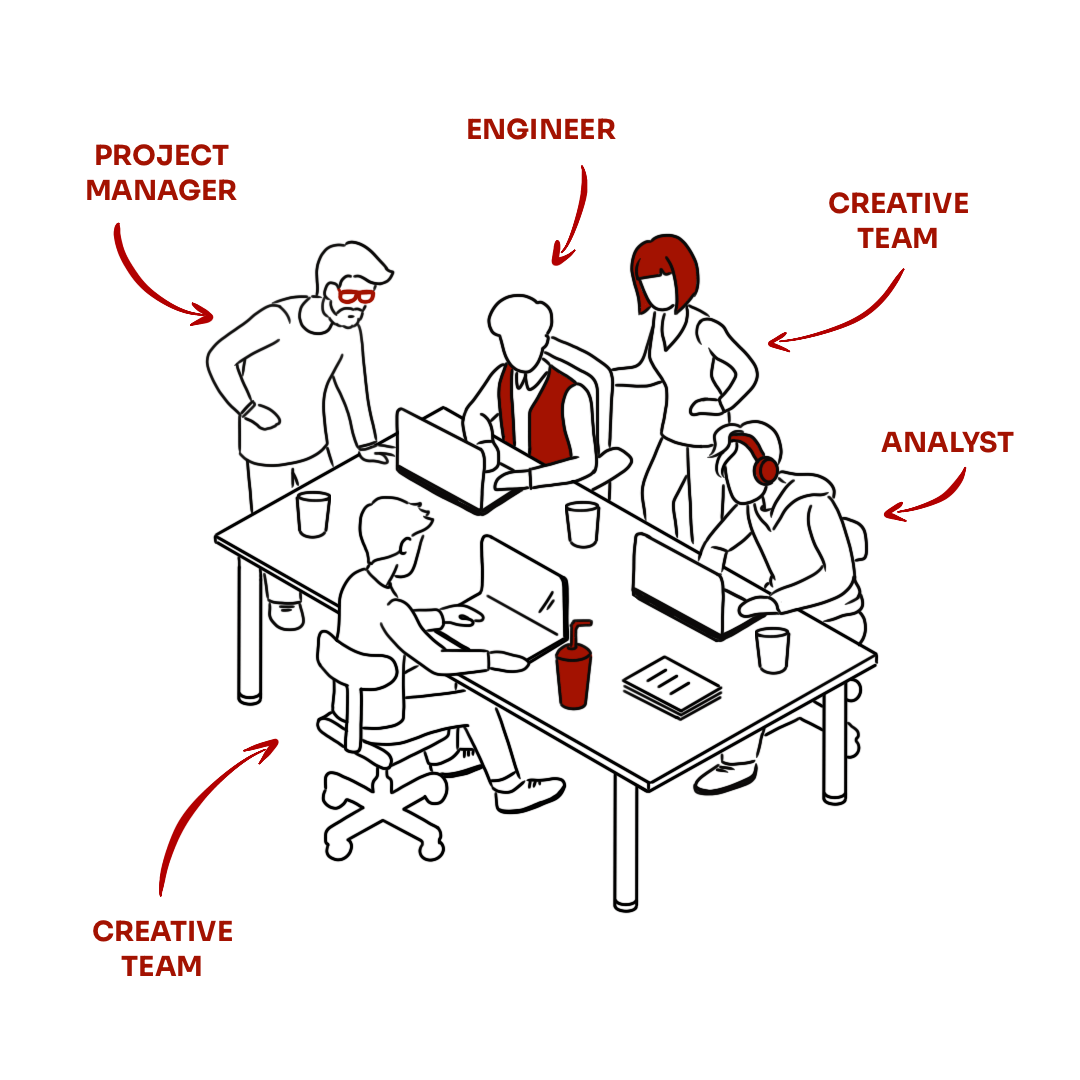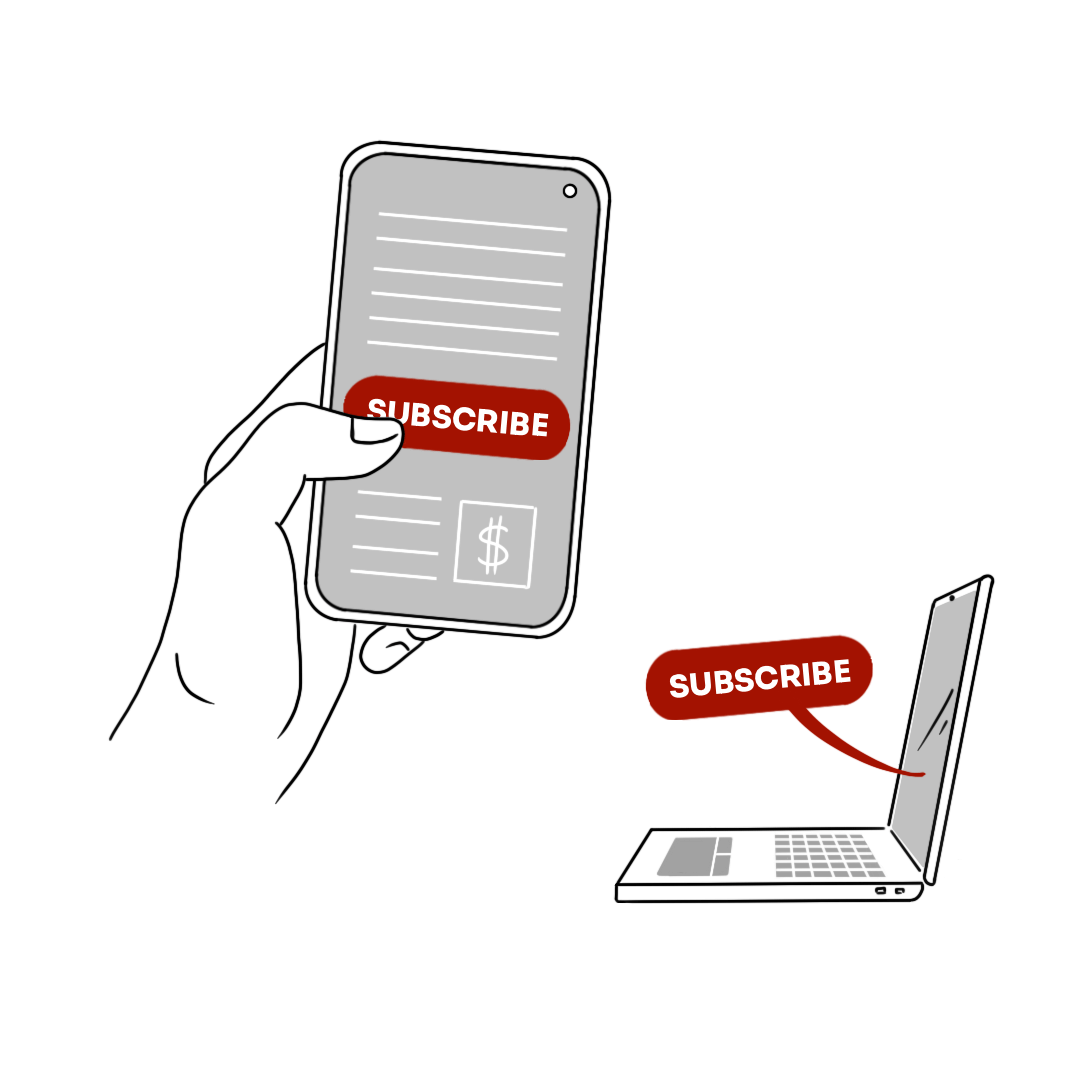Ongoing and effective direct communication with customers is a challenge for traditional marketing departments. It cannot be achieved by using the usual marketing communication tools targeted at other channels, as this process is traditionally based on working on cyclical campaigns that have a clearly defined beginning, culmination, and end. Direct communication, however, is by definition „always-on”—once the program is launched, it is delivered to all customers who meet the conditions specified in the brief, and each email sent is also perceived as feedback on what should be improved. Using a sports metaphor, traditional marketing would be a sprint, whereas direct marketing—a marathon, or, even an ultra-run, in which we add more and more to our backpack. Hence, it is necessary to think of a good strategy and specialisation. Think also about your team—beware of routine and organise work in a way that brings it fun—this will help to overcome obstacles and find improvements, and allow it to be open to new developments and experimenting.
Let’s focus on a “dream”, an ideal solution. If you are at the beginning of your journey, you should use it as inspiration, your target state. Especially if you want to grow fast, it can be useful to use it as a benchmark.
Preliminary assumptions.
1. Build competencies internally; this adds value to the brand, i.e. the communication team should act as an internal direct marketing agency
Many companies begin to build the process relying entirely on external partners, i.e. agencies specialised in one-to-one communication. Surely, when there is no competence in the company, it is worth relying on the expertise of a respected partner. It also allows scaling the team later, depending on the dynamics of changing needs. In the long run, however, this may lead to a lack of autonomy, as the expertise is built solely on the partner’s side. So, while it is worth relying on an external partner, it is also necessary to structure this cooperation in such a way that enables you to keep the key competencies within your own company. This will add value to your brand.
2. The structure must be easily scalable
Your experience will grow with each completed mailing campaign. Each campaign is topped with feedback that opens your eyes to new opportunities. The amount of work in certain periods may grow exponentially (e.g. you will discover a new way of segmenting customers, the implementation of which will require additional hours of work). To secure the process, the process structure should be easily scalable. Start with a small team to cover your basic needs, and expand over time, depending on what business opportunities you discover:
- quantitatively—due to the increase in the number of tasks (e.g. the volume of communication);
- qualitatively—due to the increase in the complexity of tasks (the level of personalisation or the number of categories);
3. Task specialisation to increase efficiency
Before you start the process of building email communication, you need to secure competencies from many distant fields: creation, analysis and data science, project management, and technical knowledge that allows you to code the creative work. Many modern email marketing systems simplify this process, by reducing the entry threshold. However, the team should consist of specialists, each responsible for their part of the process (specialisation and maximisation of competencies in a given section).
4. Shape the team for the process, not the process for the team
Working with email communication imposes a specific rhythm of work. Campaigns are carried out with a fixed frequency, resulting in cyclically repeated routines and constant improvement of processes.
Companies very often outsource the task to random people who have so far dealt with other parts of marketing and who are trying to work in a similar rhythm with one to one communication. Let’s be honest—it is a recipe for a beautiful failure. You should imagine the process rather than working on a production line in a factory: everyone has their own episode and is needed at a certain time and place. And because the team consists of many different competencies, they are not interchangeable. Therefore, firstly, you should consider what you want this process to look like. Only then you will decide who will fit the task. On the other hand, if you adjust the process to the team, most probably, the important parts of the process will be unsecured.
The competencies in creating one to one communication
Let’s start with the roles in the process. They are constant, no matter what kind of communication we create, be it push or pull. There are four main roles in the process:
1. Project manager (PM): WHAT TO COMMUNICATE AND WHEN?
-
- The project manager manages the process and plans the work of the entire team,
- PM plays a role of a HUB between the outside world and the communication team,
- PM collects and aggregates information regarding business goals, commercial calendar, marketing activities, e-commerce, etc.,
- PM is responsible for maximising the effectiveness of work (assigns tasks, controls the effectiveness).
2. Data team: Data Analyst & Data Scientist: TO WHOM WILL IT BE COMMUNICATED AND THROUGH WHICH CHANNEL?
- Summarises the delivered communication,
- Collects consumer and customer insights and is responsible for creating and verifying communication hypotheses,
- Aggregates data from all sources:
- Enumerates groups of recipients for communication (takes an active part in the process of briefing the creation);
- Creates segmentations, the principles of personalisation (in cooperation with the technical department), and implements them.
3. Creative team (copywriter + graphic designer): WHAT LANGUAGE WILL WE USE TO TARGET DIFFERENT AUDIENCES?
- Creates commissioned creations and assets for communication,
- Takes an active part in the process of communication planning and its evaluation.
4. Technical team/development team: HOW WE WILL DO THAT?
- Deals with the production of deliverables (e.g. encodes HTML),
- Supports communication tools (email, SMS, push),
- Responsible for testing, sending out emails,
- Responsible for the development of technological capabilities, systems, etc.
The above-mentioned roles do not require full-time employees, as they depend on the number of tasks. For example, for the creative department, depending on whether we have a source of assets (a library of graphical elements and pictures) or not (and we need to create them), the final number of tasks will vary, which will translate into the actual number of necessary teams.
Scaling the team
The number of tasks increases with the level of personalisation (more layouts, more technical work, analyses, coordination). Increasing personalisation requires investment in databases, technologies (automation) and analytical competencies. The complexity is multiplied by the number of assortment categories, each of them being a separate microcosm, with its own dynamics and possibilities for further investigation.
Scaling the team should go in the following directions:
- For the creative team: expanding and organising creative teams into clusters according to the categories they work with (specialisation / investigating the case),
- For the data team: development and organisation of teams based on customer segments, personalisation and justified reporting needs,
- For the technical team: development of the team, based on the technology which they work with, and maintenance of new communication paths,
- For the PM role: expansion of the management team based on communication processes.
Each department has different development dynamics. Scalability should be as flexible as possible (i.e. an increase in tasks for creation does not have to translate into the number of tasks for analysts, and an increase in tasks for the technical department may be compensated by new technology or process automation).
Next week, I will explain the communication process for push and pull/triggered communication. Stay tuned, and please comment using the “contact” button.







